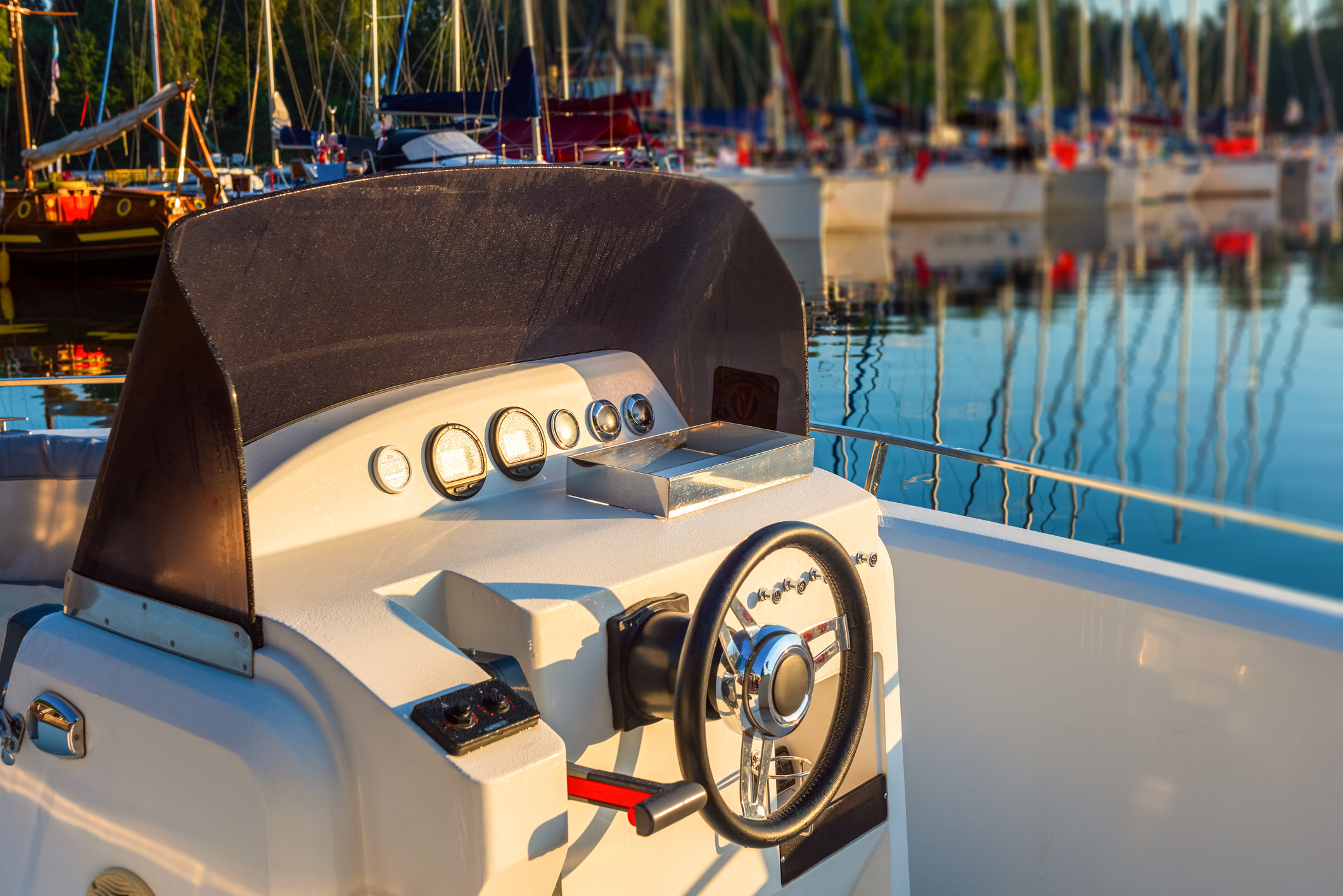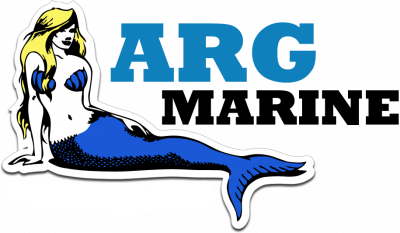Changing the Impeller in a Honda Outboard

An outboard’s impeller is a vital part of the engine. The impeller keeps cooling water moving through the engine. Without the cooling water, the engine will overheat. Impellers are made with rubber and have a limited lifespan, so knowing the signs of impeller failure and how to change your Honda outboard’s impeller is vital.
Why are Impellers in Honda Outboard Motors Important?
One of the leading causes of engine problems is a damaged impeller. Damage or just wear and tear on an impeller will cause the water pump to stop working. It’s important to change the impeller as soon as you realize it’s a problem to prevent damaging the engine.
How Do Impellers and Water Pumps Work?
The water pump is located above the lower gear case and is easy to access. The impeller is inside the water pump and is keyed to the drive shaft. The driveshaft turns the pump impeller, and the pump draws water from the intake. This cooling water then circulates around the engine’s powerhead.
Signs of an Impeller Failure
One of the first signs of problems with your impeller is a change in the water flow from the tell-tale. The water flow should be steady. If there’s a change or stop in water flow, you should check your impeller.
The impeller has a limited lifespan and is made of rubber. Most of the time, impellers fail due to old age. The rubber becomes brittle, and the impeller breaks apart.
Impeller failure can be hastened if you spend a lot of time beaching your boat on a sandy beach and sucking sandy water through the engine.
It’s a good idea to check your impeller’s health often. Even if the impeller is intact, the rubber can become cracked and be less efficient. So it’s better to change it more often than deal with a sudden failure.
How Often Should You Check Your Impeller?
Impellers should be checked at least every season. If you notice any change in your engine’s performance or any difference in the tell-tale’s water flow, check the impeller.
If your engine has been run dry without any water flow, or the engine has been stored for a long time, check your impeller.
If your impeller has fallen apart, make sure you find all the little pieces. Otherwise, the broken pieces can further impede the water flow or cause damage to the engine. At ARG Marine in Palm Beach County, we check impellers every time an engine comes in for service.
How Do I Change the Impeller?
Mount your engine securely so you can remove the lower unit. Remove the lower unit and disconnect the shifter. Your maintenance manual will give you precise instructions for disconnecting the shifter. Remove the propeller if it’s in your way. Take the bolts off the lower unit and slide the lower unit out of the motor housing.
Set the lower unit on a worktable. The water pump is on the top of the lower unit. Remove the water pump’s bolts. Lift the water pump off the drive shaft. Remove the impeller.
Clean the pump’s housing and confirm that the water passages are clean. Replace the impeller, reassemble the drive unit, and reattach the shifter. Check your maintenance manual for torque specs for the bolts.
Do All Outboards Have Impellers?
The Honda 2.3-horsepower engine is air-cooled and doesn’t have an impeller. All other Honda outboard motors have water pumps with impellers.
Service Your Engine at ARG Marine
ARG Marine is a Honda dealer. We are Honda outboard experts and can easily inspect your impeller and the overall health of your outboard motor. Call us to make an appointment, and we’ll get you back on the water in no time.
